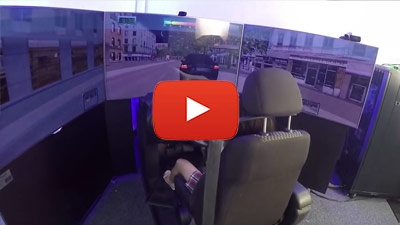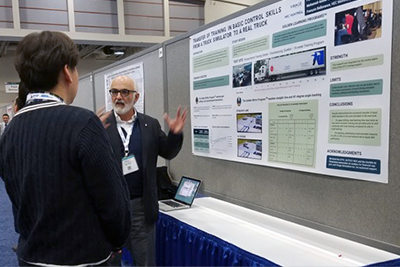Abstract
This article examines issues in the development of a screening procedure for high collision risk adolescent drivers. Evidence is presented for the hypothesis that the population of high collision risk drivers can be subdivided into distinct subgroups, each one marked by observable behavioral deficiencies which derive from different sources and which predispose drivers to distinct types of collisions. An outline is described of a multi-staged, long-term screening program, entitled the three flag procedure, which could be integrated into current licensing programs. The procedure uses the aggregate results of three assessments taken over time to optimize the sensitivity and the specificity of the procedure. The first flag is triggered by performance measures taken from the theory exam.
The second flag is triggered by performance on the driving exam. The triggering of a third flag by the driver's own behavior after a period of unsupervised driving justifies intervention in the form of diagnosis or treatment or both. The three flag procedure refines the current driver's license tests and links them systematically to the violation and collision records of every driver's license candidate, thereby creating a feedback loop that continuously improves the accuracy of the screening criteria. The goal of the three flag screening procedure is to increase the safety of all road users by identifying and rehabilitating high collision risk drivers.
